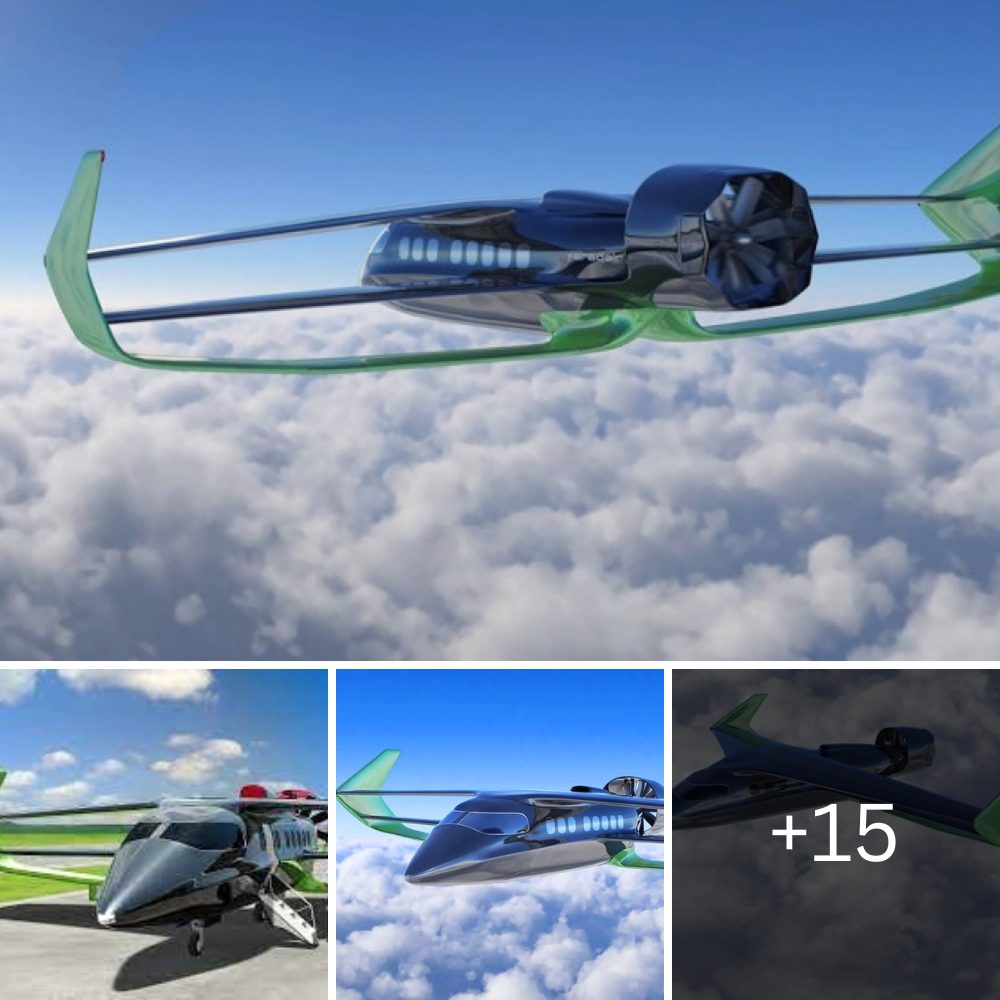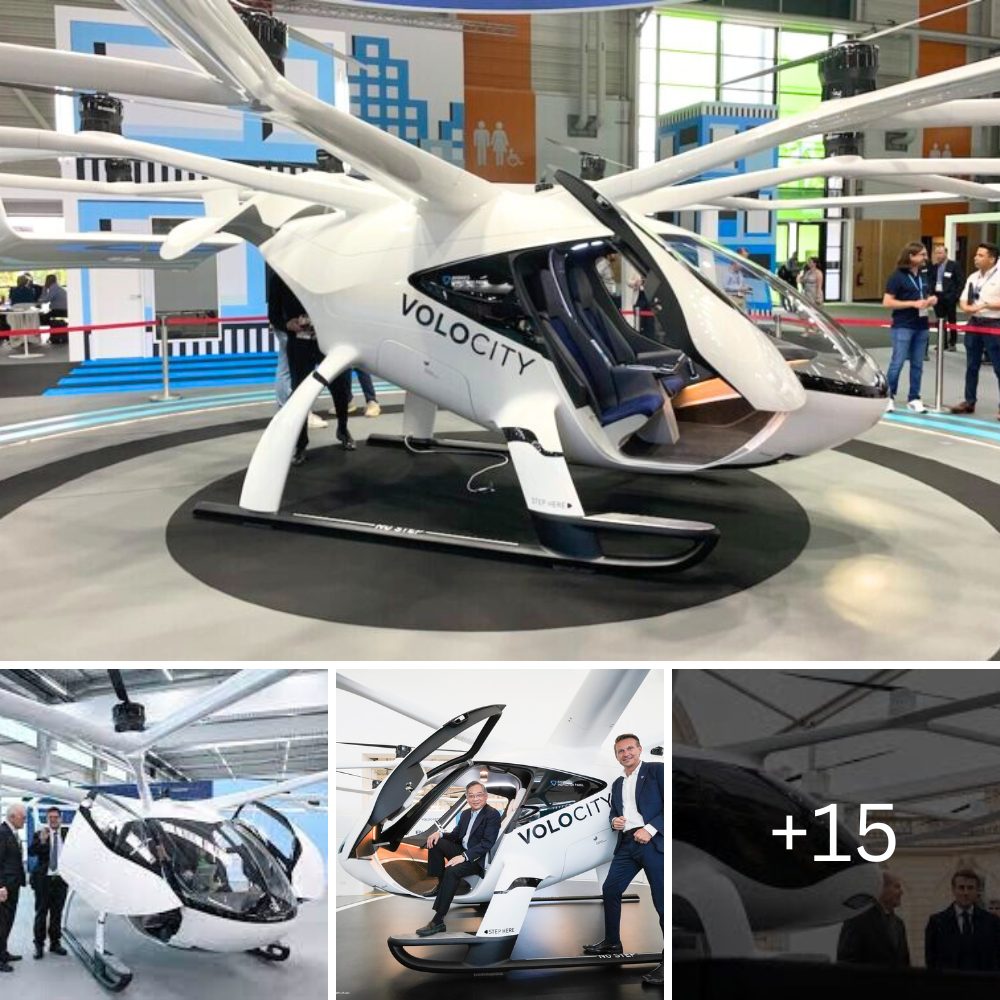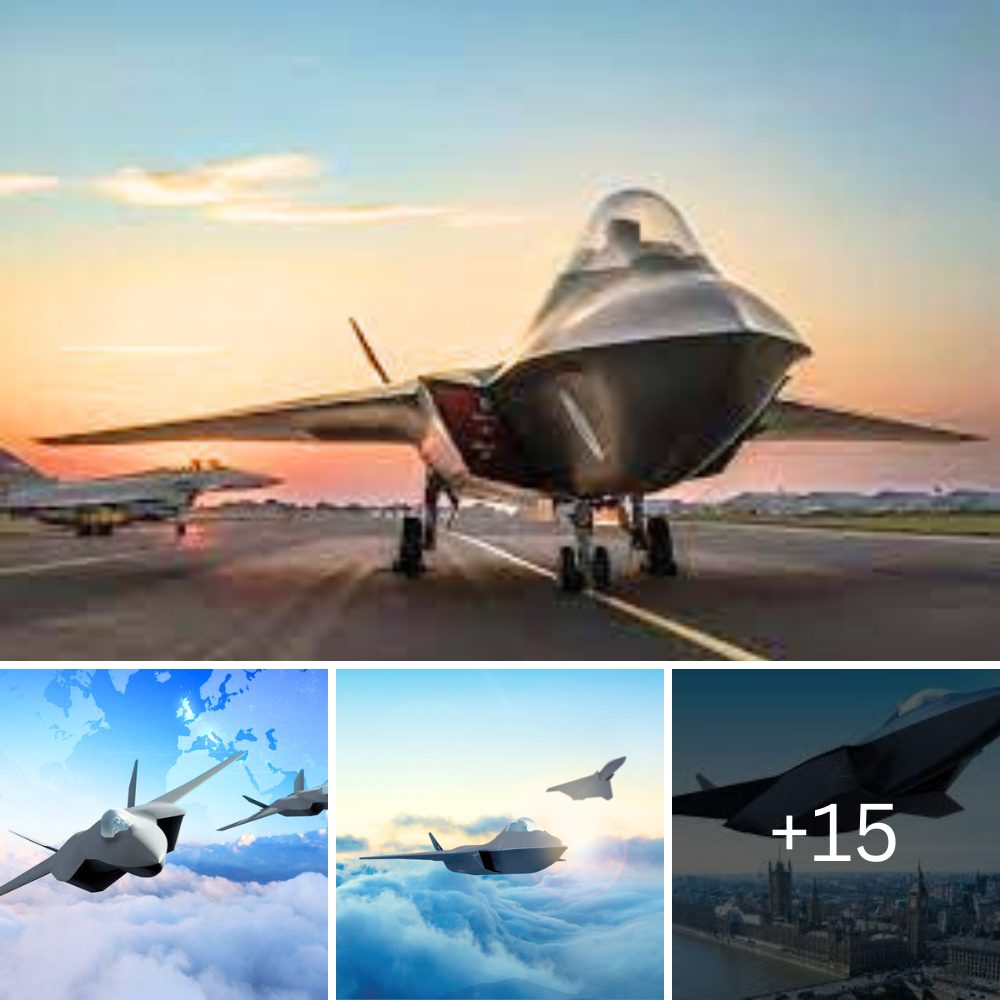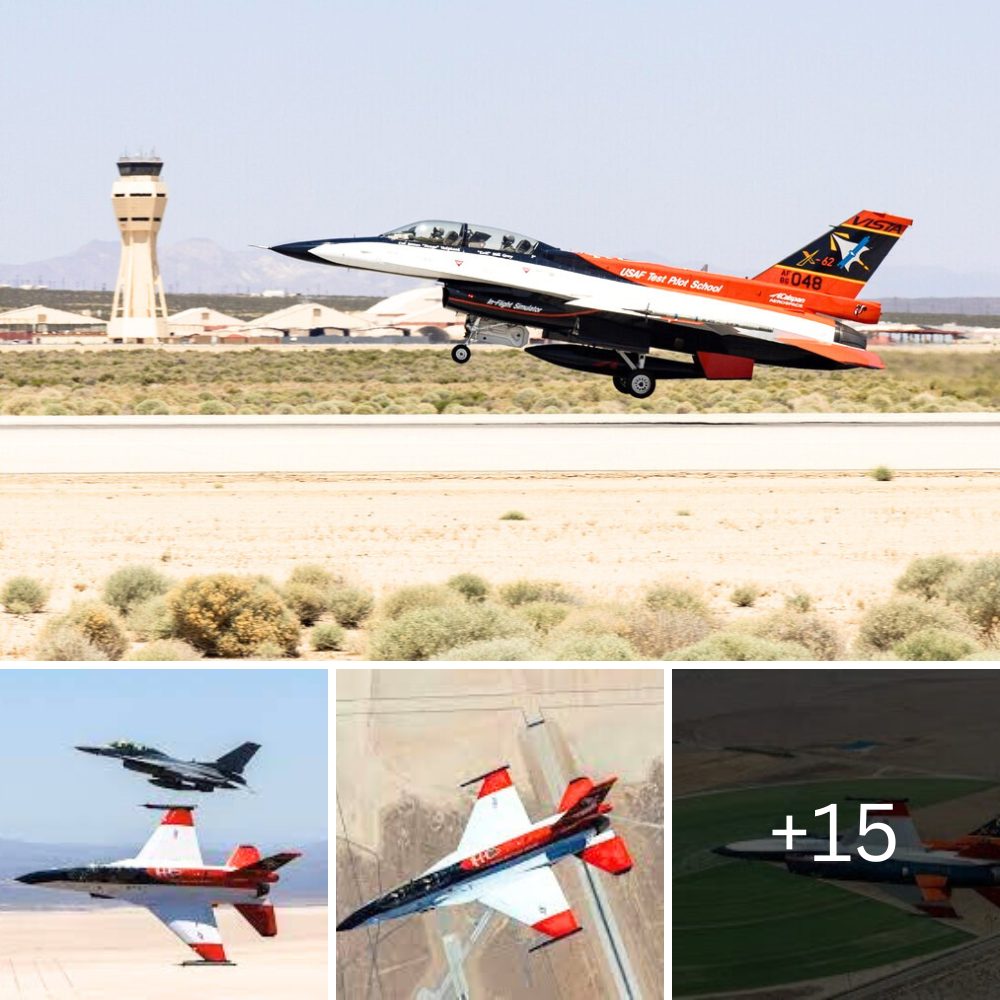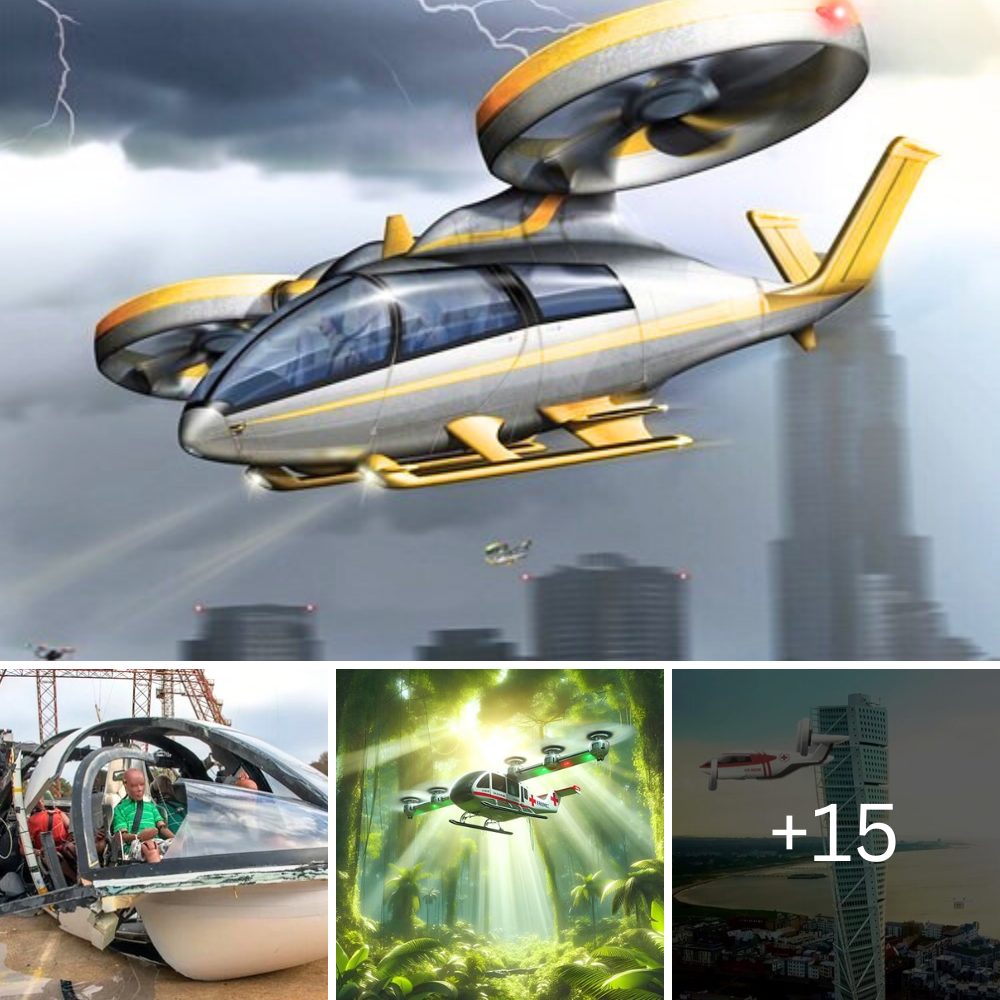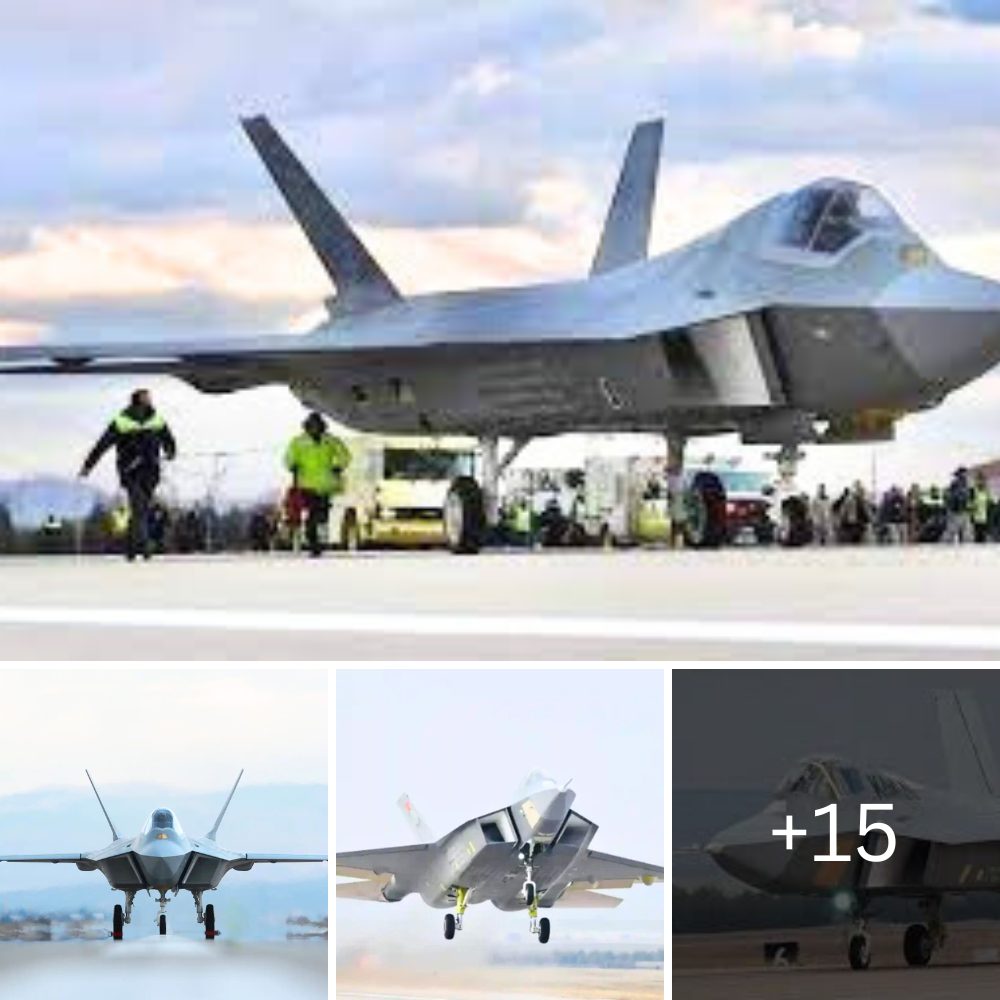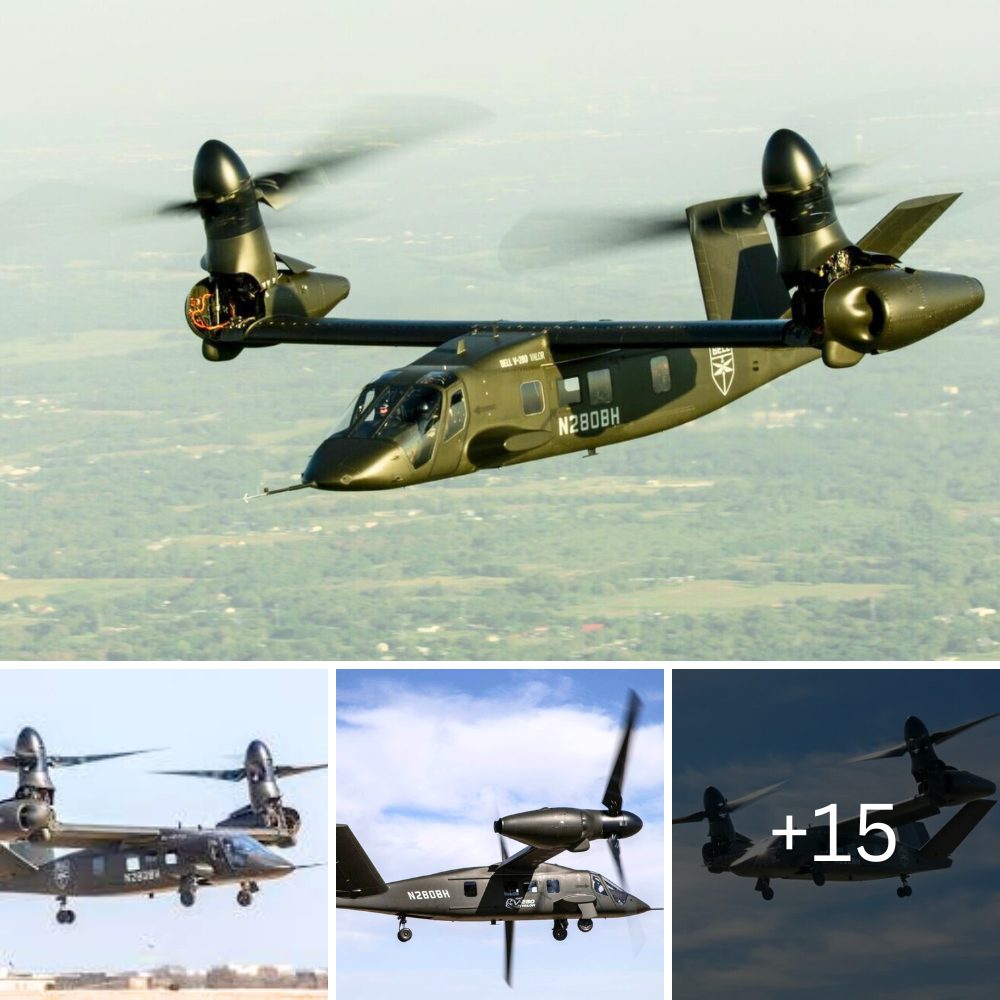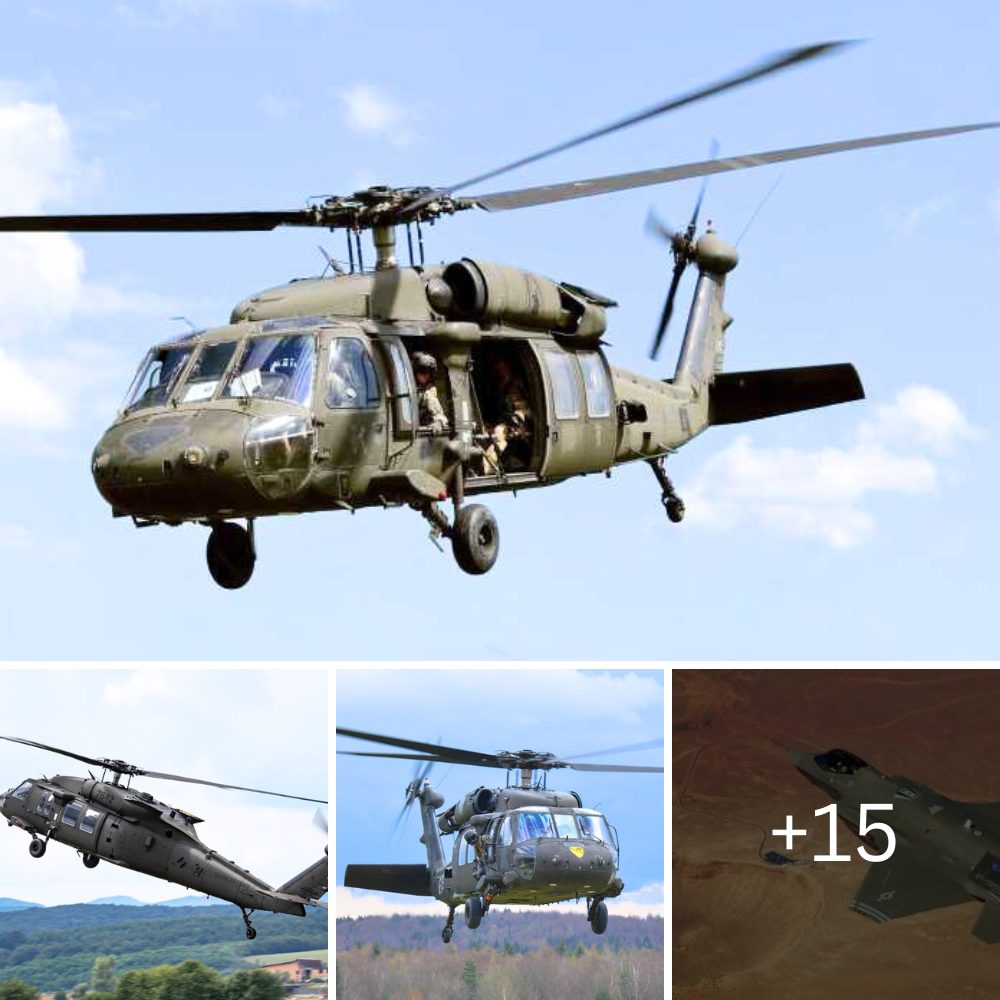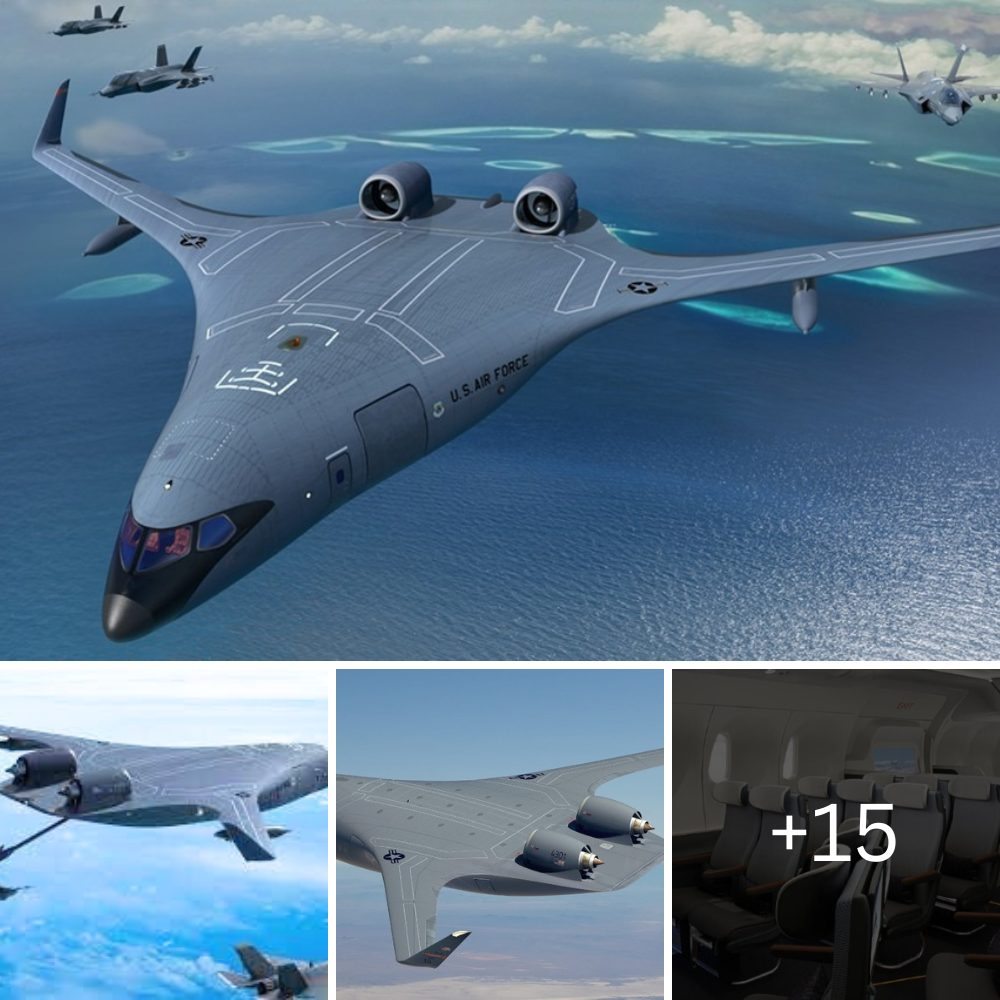In the vast expanse of remote Russia, where conventional transportation infrastructure is limited, a unique mode of transport has emerged to connect isolated communities and unlock previously inaccessible regions. Enter the Ekranoplan, a remarkable ground effects aircraft that is revolutionizing passenger transportation in this rugged and remote landscape.

The Ekranoplan, often referred to as a “Caspian Sea Monster,” is a type of aircraft that operates primarily in ground effect, exploiting the aerodynamic lift generated between its wings and the Earth’s surface. Unlike conventional airplanes that mainly rely on the lift generated by their wings’ airflow, the Ekranoplan uses the ground effect to achieve impressive fuel efficiency and exceptional performance at low altitudes, typically within a few meters above the water or ground.

The concept of the Ekranoplan was first developed in the Soviet Union during the Cold War era. Soviet engineers envisioned a vehicle that could move swiftly over both land and water, providing a tactical advantage for military operations and bolstering economic capabilities in remote regions. These unique craft were initially classified as military secrets, but over time, some designs have been adapted for civilian use.
Today, the Ekranoplan has found its niche in remote areas of Russia, where traditional transportation methods are often unfeasible due to the harsh terrain and the lack of adequate infrastructure. These ground effects vehicles have become invaluable for providing passenger transportation services, especially to communities residing near lakes, rivers, or coastal regions.

Accessibility: Ekranoplans can operate in regions with shallow waters, marshlands, and even ice-covered surfaces, making them an ideal means of transportation in areas where traditional ships or airplanes cannot navigate.
Speed and Efficiency: The Ekranoplan’s design allows it to travel at high speeds while consuming relatively less fuel compared to conventional aircraft. This combination of speed and fuel efficiency is a game-changer for remote regions with limited access to transportation networks.

Payload Capacity: These ground effects aircraft have a considerable payload capacity, enabling them to carry a substantial number of passengers or cargo in a single trip.
Reduced Environmental Impact: Due to their low flying altitude, Ekranoplans have a smaller ecological footprint compared to traditional airplanes, making them a greener alternative for passenger transportation.
Despite their numerous advantages, there are challenges to integrating Ekranoplans into the transportation network. Safety regulations, infrastructure development, and public acceptance are significant factors that need to be addressed for a successful and widespread deployment.

However, the future prospects of Ekranoplan transportation in remote Russia remain promising. As technology advances and public awareness increases, these unique vehicles may well become a key element in connecting isolated communities, fostering economic growth, and preserving the natural beauty of the region.
The Ekranoplan has emerged as an extraordinary mode of transportation that is transforming passenger connectivity in remote Russia. Its ability to navigate over water and rough terrains with speed, efficiency, and environmental consciousness makes it an attractive option for regions with limited access to conventional transportation methods. With ongoing advancements and a growing appreciation of its potential, the Ekranoplan is set to play an integral role in the development and progress of remote areas in Russia, ensuring connectivity and prosperity for its people.


